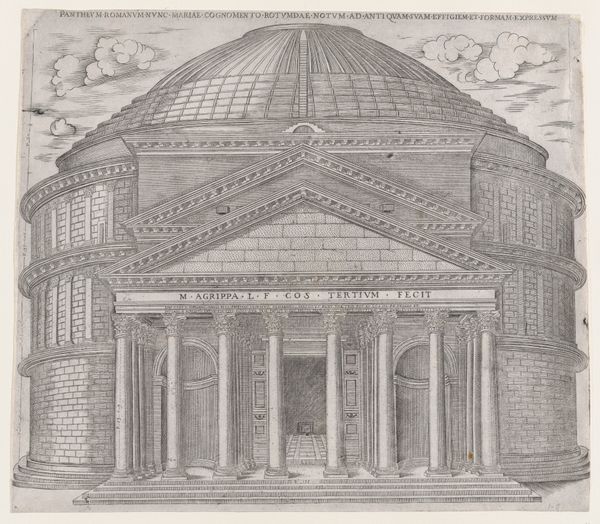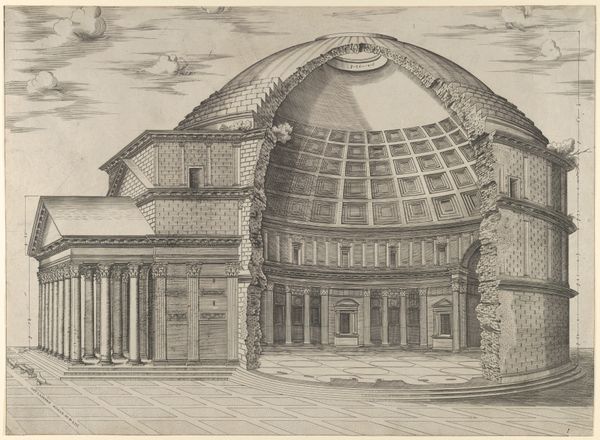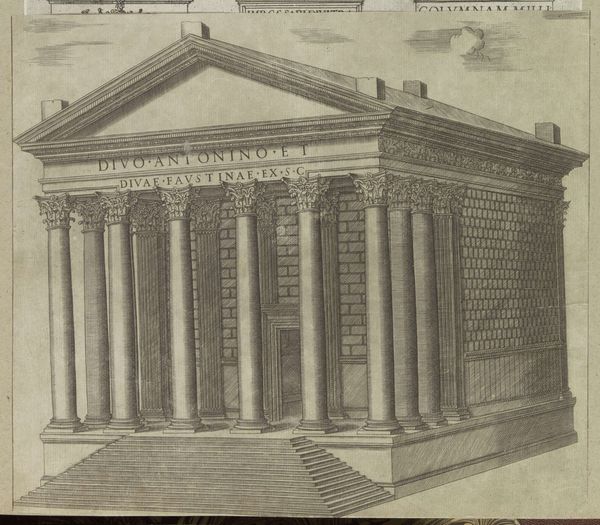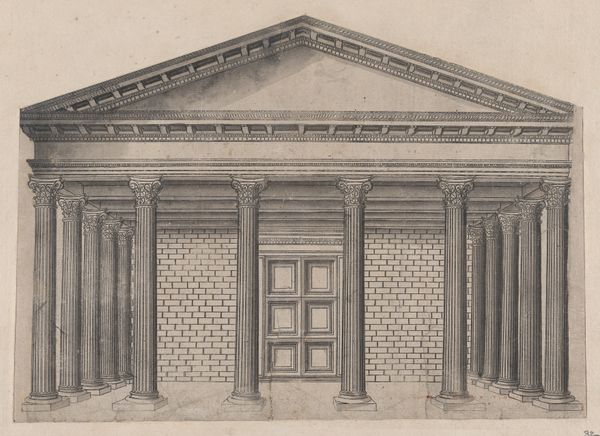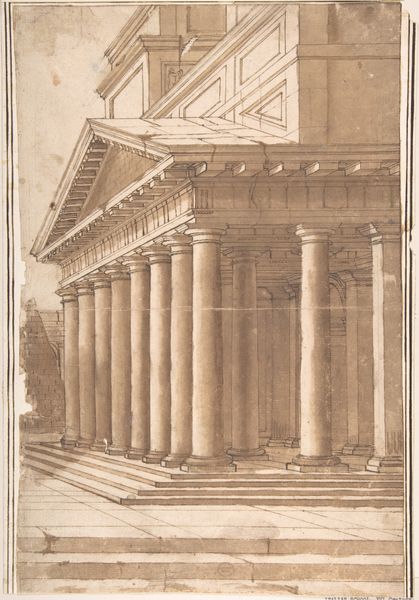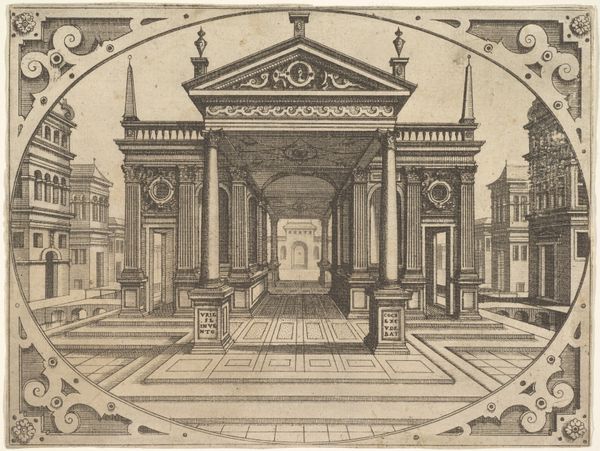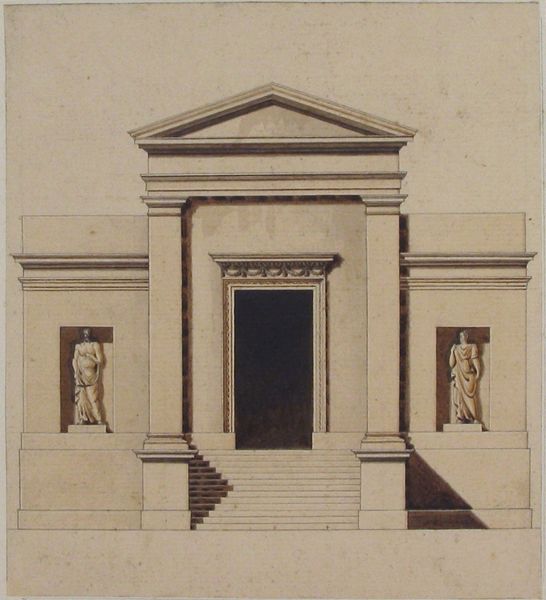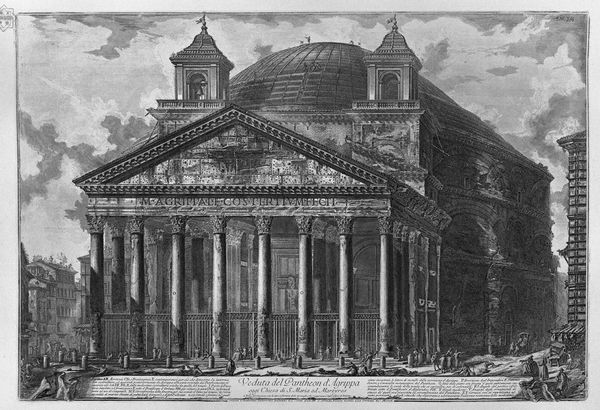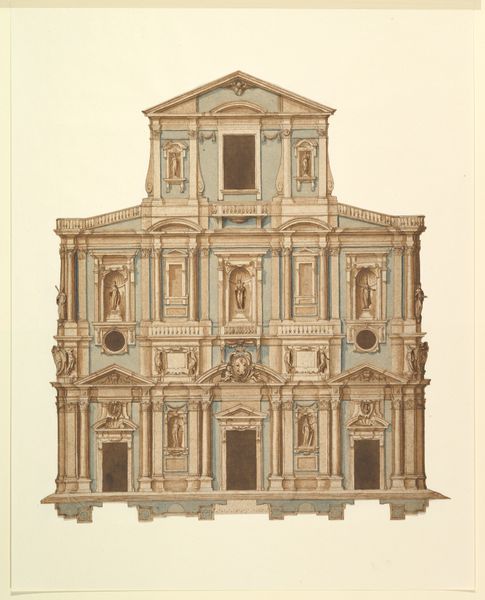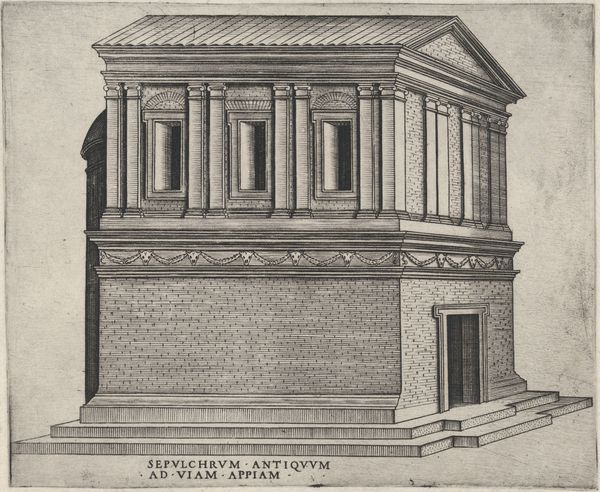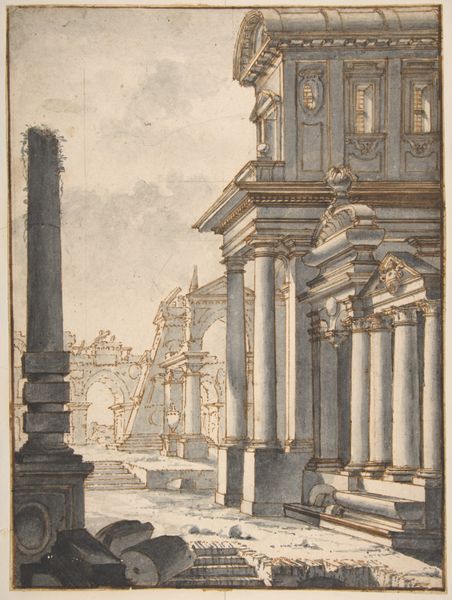
Ideal City 1470
0:00
0:00
pierodellafrancesca
National Gallery of the Marches (Palazzo Ducale di Urbino), Urbino, Italy
tempera, painting, architecture
#
tempera
#
cityscape
#
painting
#
sculpture
#
perspective
#
geometric
#
classicism
#
cityscape
#
academic-art
#
italian-renaissance
#
architecture
Dimensions: 60 x 200 cm
Copyright: Public domain
Piero della Francesca's Ideal City, created sometime in the 15th century, is a panel painting rendered with tempera. Tempera is a painstaking method. The powdered pigments must be mixed with egg yolk and applied in thin, translucent layers. This process is unforgiving, demanding absolute precision. Tempera's slow-drying nature meant that artists had to plan their work meticulously, section by section. This required an intense focus. The painting’s cool, muted tones, achieved by the tempera technique, enhance the dreamlike quality of the architecture. The linear perspective, a relatively new technique at the time, creates a powerful illusion of depth, drawing the viewer into the meticulously rendered urban space. Consider that the artist spent a long time thinking about what kind of city, what kind of architecture, and what kind of stonework they would use. This prompts us to consider not just the aesthetic qualities of the work, but the broader social and cultural values embedded within it. The painting serves as a reminder of the skill involved in its creation. It also encourages us to reflect on the social context that shaped both the artist's vision and the viewer's reception.
Comments
No comments
Be the first to comment and join the conversation on the ultimate creative platform.
